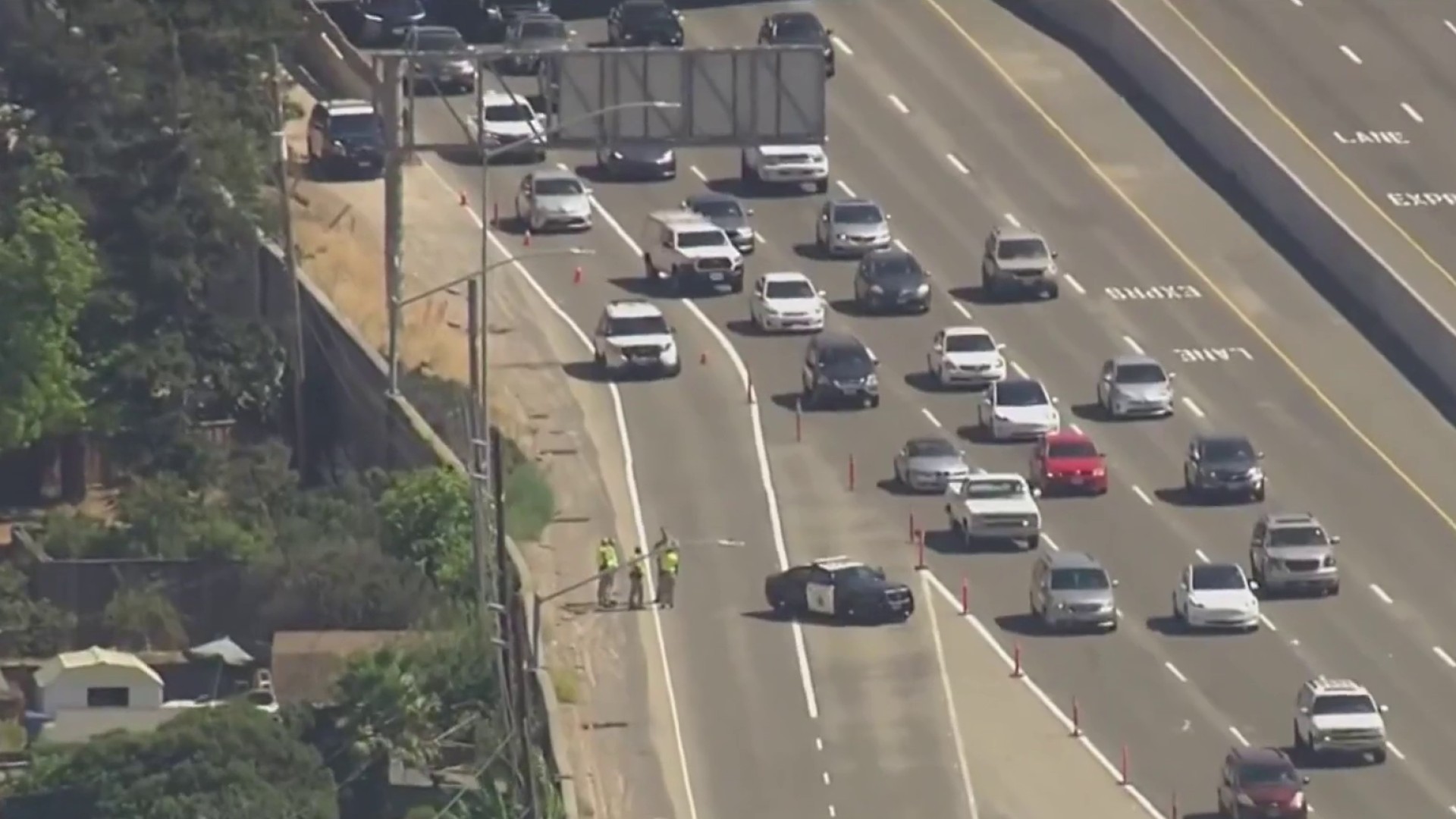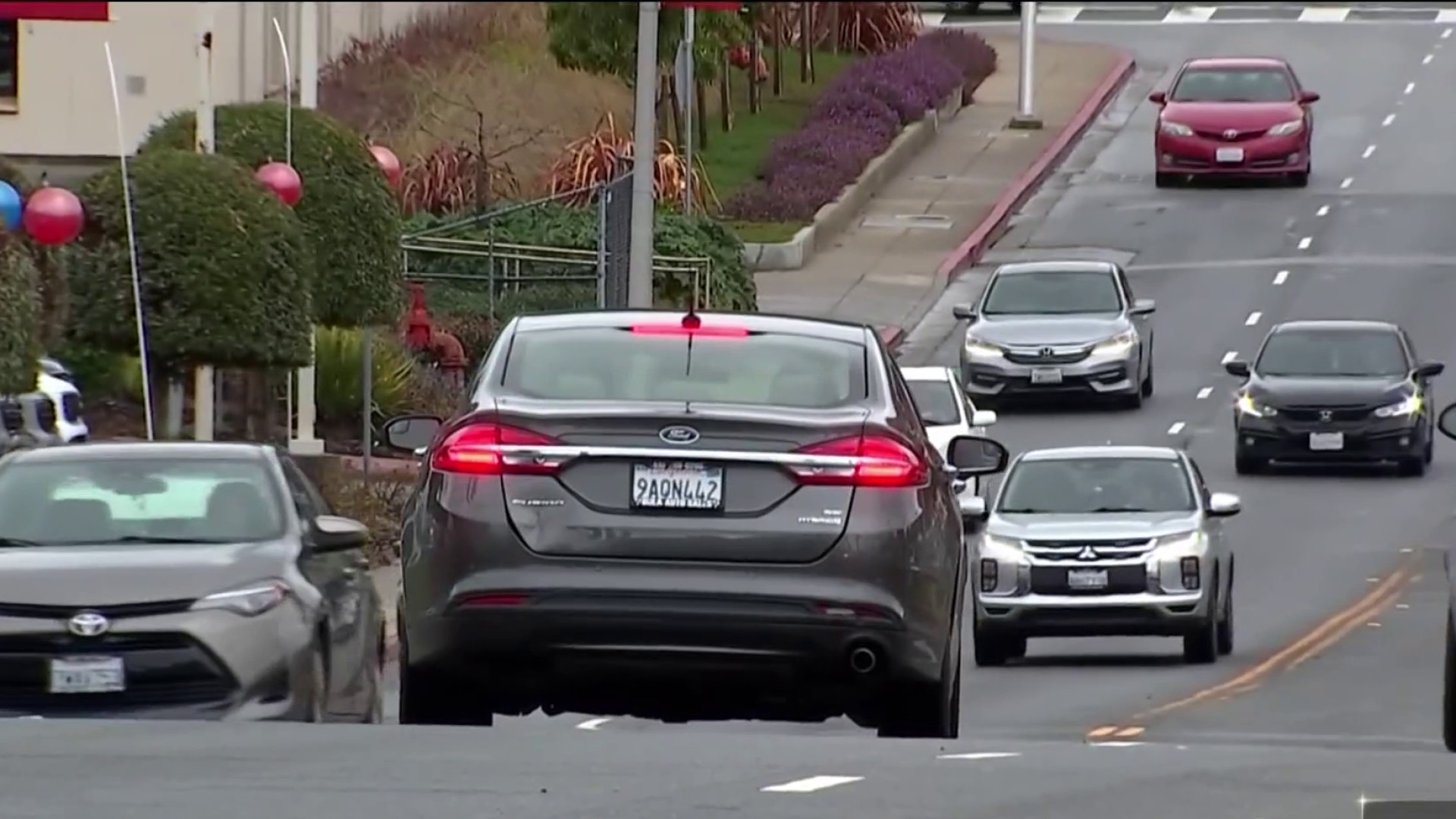Safety on California freeways has been a growing concern over the years.
The state transportation agency recently told NBC Bay Area that there are 63 new freeway cameras installed in Oakland and an additional 56 cameras throughout Alameda County.
Nearly two years after Gov. Gavin Newsom committed to installing hundreds of cameras on state freeways, Oakland city leaders say they are still waiting to see them in action.
“Are these cameras working? Are they capturing data? can we utilize these data sharing to really help track and identify those who are committing these crimes that are wreaking havoc in our community?” said Oakland councilmember Treva Reid.
According to the Caltrans maps, there are dozens of cameras on the freeway in Oakland but its not clear which, if any, are new. By an unofficial count, an NBC Bay Area crew found around 50 cameras total, short of the 63 new cameras the state claims were installed.
An NBC Bay Area crew went to the area of Interstate 880 and 23rd Avenue Wednesday, where there are two Caltrans cameras. One of them appeared to be working, the other one was still offline. There was another one at the 580 on ramp.
On Tuesday, the state confirmed to NBC Bay Area that Caltrans cameras have been installed throughout the Bay Area in the past year. Caltrans cited security reasons for not providing the exact locations. The cameras are primarily along Highway 4, Interstates 80, 580 and 880.
Reid has been working with local law enforcement, including CHP and Oakland Mayor Sheng Thao's office and explained, they weren't ever told cameras were installed.
“We have been seeking answers. So to know that you got some information that has not been available to us and that we are still trying to all get clarity on the status of these cameras, it shouldn’t take this long,” she said.
Get a weekly recap of the latest San Francisco Bay Area housing news. Sign up for NBC Bay Area’s Housing Deconstructed newsletter.
Oakland police said it’s not aware of any new cameras. It's a collaboration confusion Reid said distracts from the goal of reducing crime.
“We have to build on how we are actually communicating and effectively getting the information we need from the state level, the federal level, and the local level to deliver on reducing the crime,” she said.



